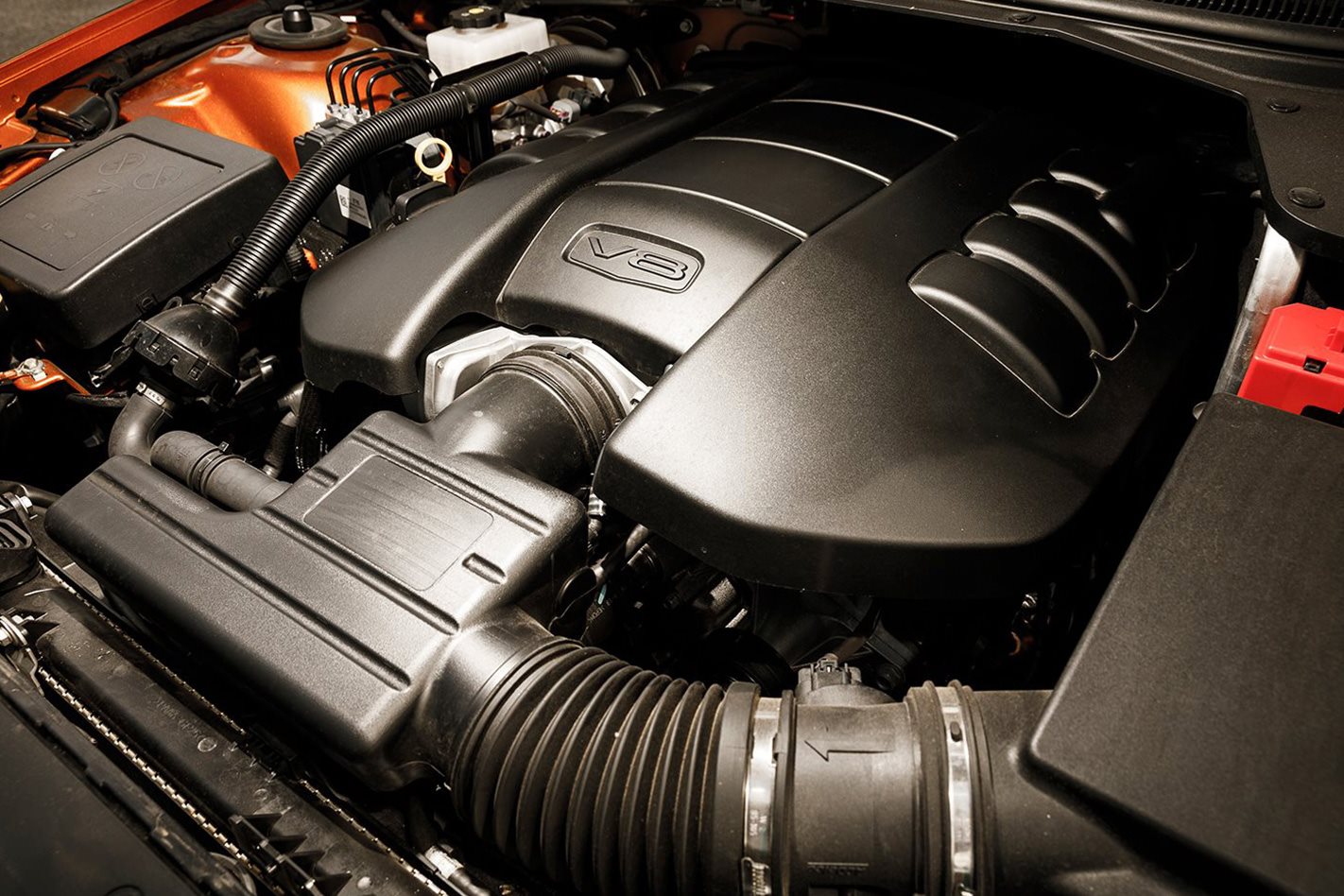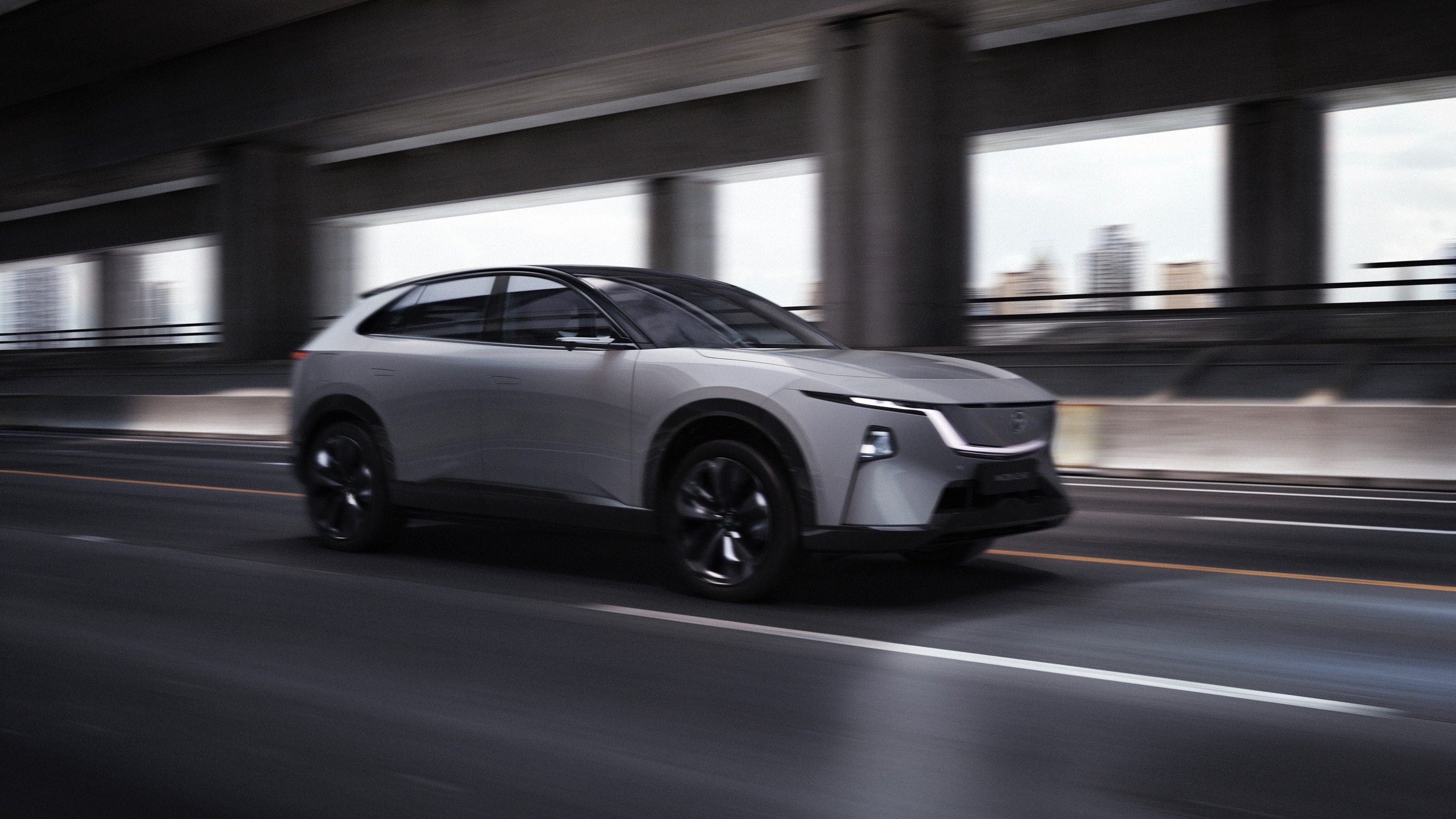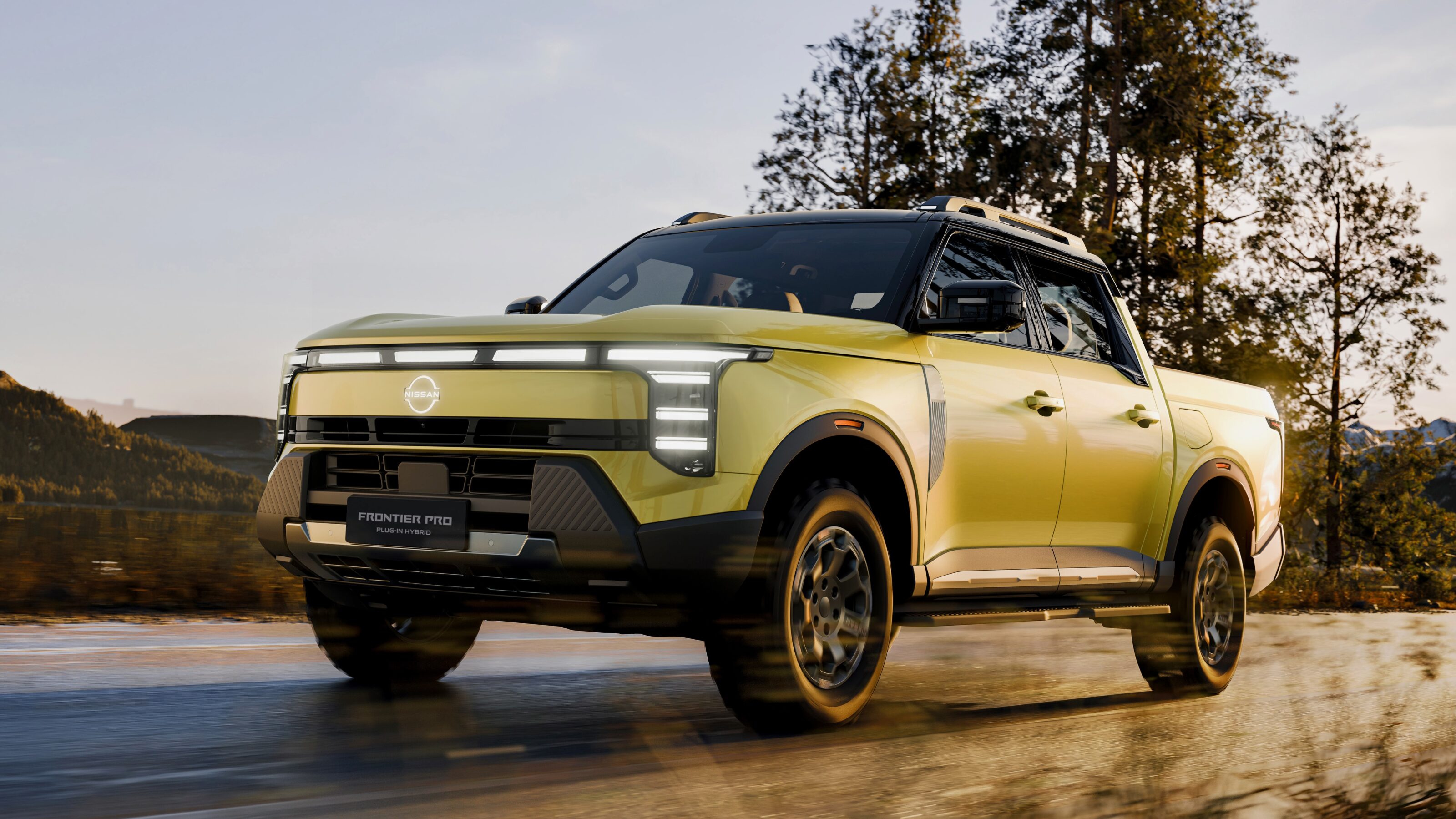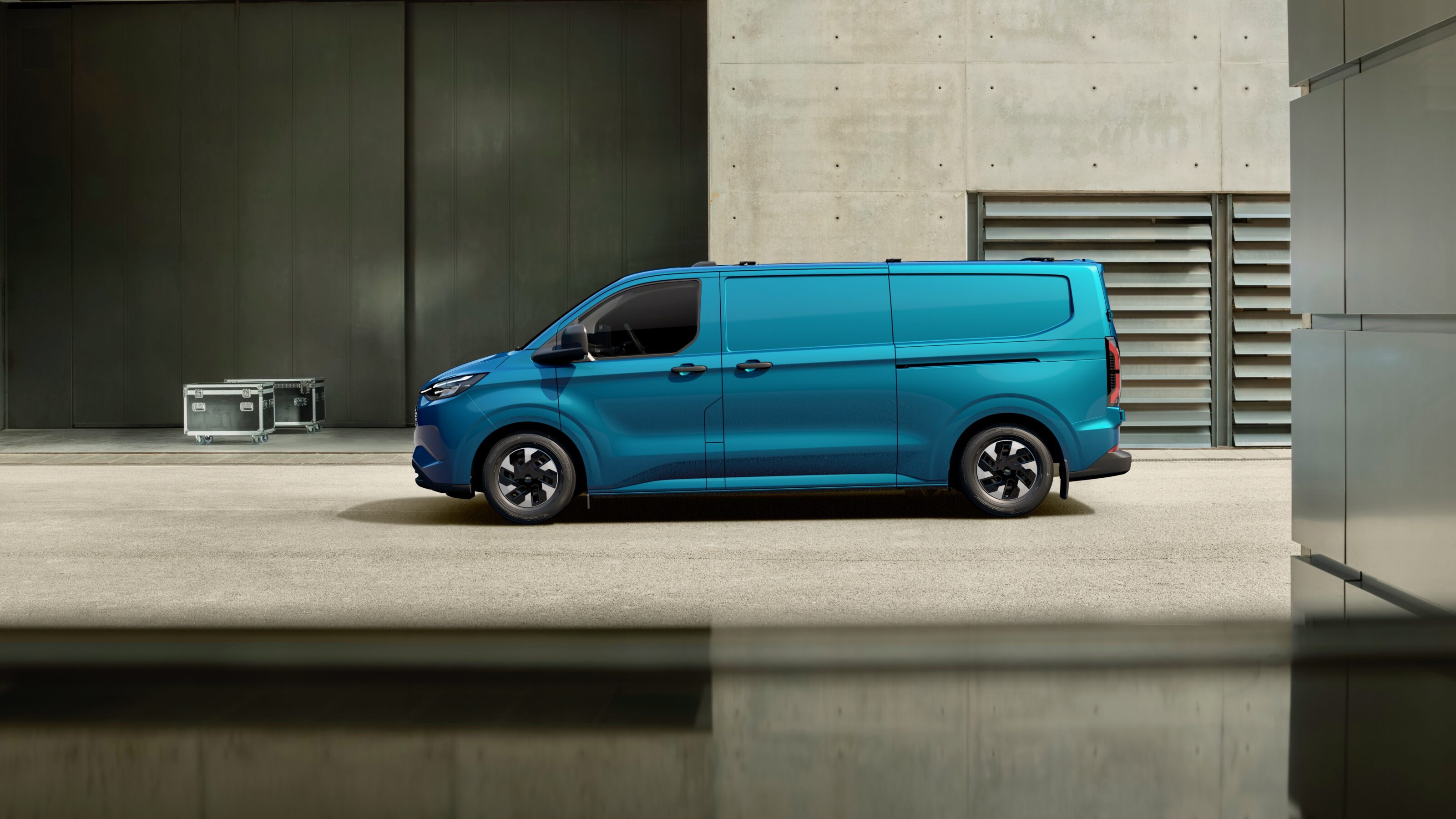OUR love affair with V8-engined cars has stalled our efforts to reduce the amount of pollution produced by the vehicles we bought in 2017, emissions data for the year shows.
Figures released by the National Transport Commission looking at the average emissions across the nation’s entire new-car showroom in 2017 – and weighted according to our buying preferences – show Australia’s carbon dioxide emissions average fell by just 0.1g/km compared with 2016, to 181.7g/km. This is the smallest annual decrease in emissions since records started.
According to the NTC, Australia’s abysmal emissions record is down to a number of reasons, however, it singled out our growing taste for “heavier vehicles with larger and more powerful engines” as a contributing factor. That, and a lack of government incentives for low-emission vehicles.
The figures get even worse when comparing our numbers with those of Europe, where high fuel prices and more strict emissions targets averaged out the region’s emissions to 118.5g/km, a 0.4g/km rise compared with 2016. Europe’s backwards result was attributed to a backlash against diesel-engined cars in the wake of the Volkswagen emissions scandal – or Dieselgate. Europe’s worst performer, Estonia, recorded 134g/km.
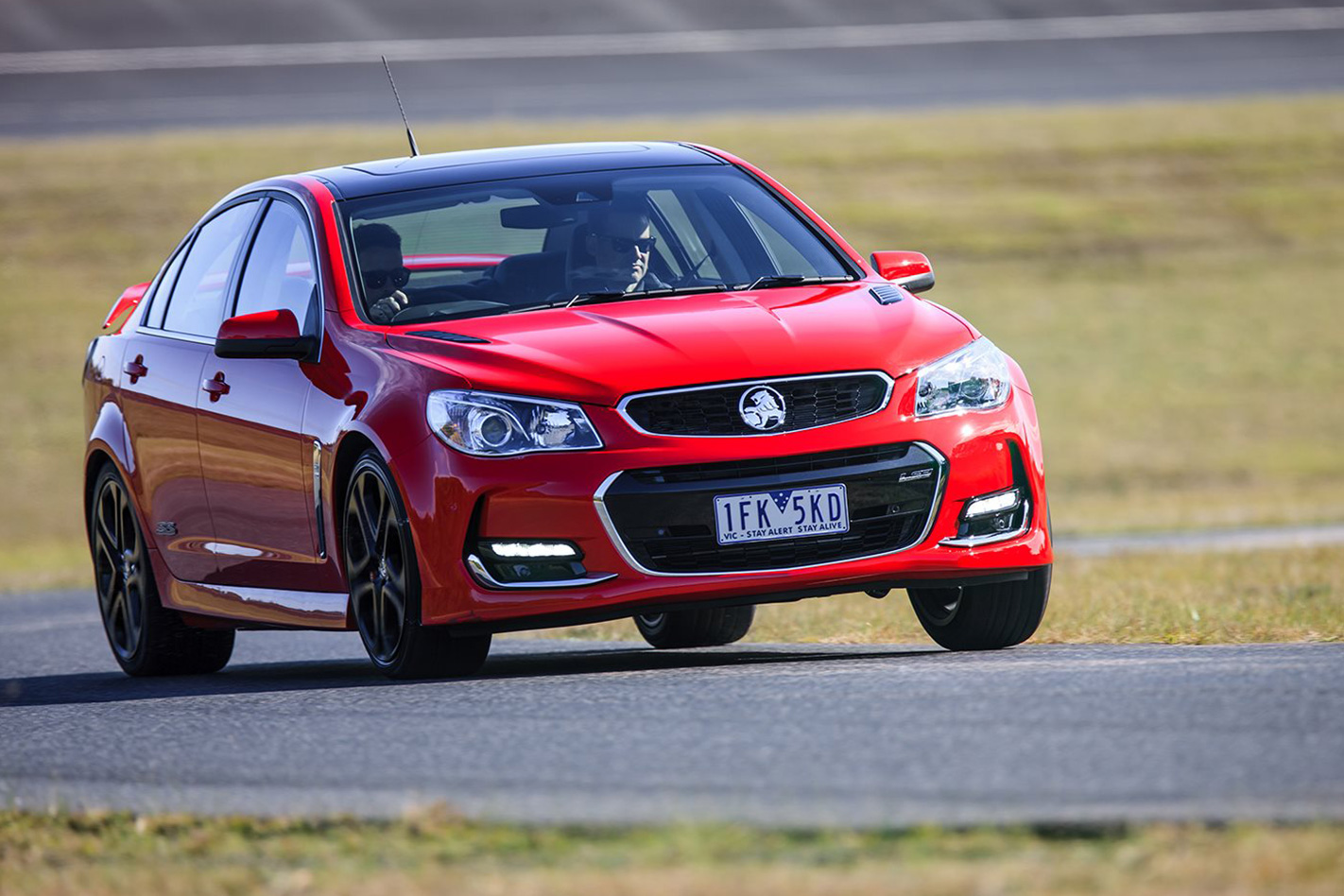
But back to Australia. Holden was also the least environmentally friendly brand in Australia, with an average of 219g/km across its entire showroom, even if it was a 3g/km improvement over 2016’s result. What didn’t help it was Australia’s appetite for big-engined versions of the Holden Commodore.
“Holden’s overall average emissions decreased from 2016 to 2017,” Holden brand communications senior manager Megan Lloyd told Wheels. “Where we saw an increase was in emissions from Australian-manufactured Holden vehicles, and this occurred for two reasons: our locally made Cruze ceased production in October 2016, so our results became based purely on the locally made VFII Commodore; and VFII Commodore SSV Redline and other V8 variants with the LS3 6.2-litre engine were extremely popular in the late 2016 and throughout 2017,” she said. “Both these factors skewed the result.”
Lloyd said Holden’s line-up was becoming more fuel-efficient. “In terms of CO2, our product portfolio has undergone considerable change with more fuel efficient powertrains and the absence of V8 variants,” she said. “For the first time we have a diesel Commodore. We are also continuing to adopt small-displacement turbo engines and all of our vehicles comply with or exceed the emission standard ADR 79/04.”
That last reference relates to Australian Design Rule 79/04, which sets the emissions standards for light vehicles.
Ford, whose Mustang sports coupe became its second best-selling model in 2017, ranked second behind Holden with a 215g/km average, a 2.0g/km rise over the previous year.
Toyota, Australia’s best-selling brand that accounts for one in every five new cars sold here, placed third with 196g/km, a 2.0g/km reduction.
Ford’s Mustang contributed to the sports car category becoming the worst-performing segment of the new-car industry. According to the figures, the average emissions in the segment jumped from 197g/km in 2016 to 212g/km in 2017. The US muscle car, which sells with either a 2.3-litre turbo four-cylinder and a much more popular 5.0-litre V8 drivetrain, officially arrived in late 2016 and has dominated the segment since, claiming half of all the sale in the sub-$80,000 sales category in 2017 alone.
Sales of heavier, less fuel-efficient SUVs rose to new heights in May, with three of the four SUV-based segments recording gains for the month compared with the same month last year. More than 10,000 SUVs were sold in the month compared with traditional passenger vehicles.
Light commercial vehicles – the playground of workhorse trade utes – are also on the rise, with the heavier, less fuel-efficient vehicles accounting for one in every five new-car sales in Australia in May.
Lighter, more fuel-efficient passenger cars, meanwhile, hit their lowest market share on record in January, posting just 31,860 sales for the month, falling below even the numbers that the market slumped to in the wake of the 2008 global financial crisis.
Brands to improve their numbers include Suzuki (down to 133g/km), Porsche (down to 187g/km after introducing turbocharged four-cylinder engines), Peugeot (down to 132g/km after it made a major change of distributors, hitting sales), and Fiat (down to 135g/km after crunching the number of cars in its showroom).
Brands that went backwards, aside from Ford and Holden, include Renault (159g/km), Jaguar (161g/km), Alfa Romeo (153g/km), and Chrysler (281g/km).
According to the report, if we all went out today and bought the most fuel-efficient version of the car we wanted, the average emissions would have more than cut in half, falling to just 76g/km, 0.1g/km higher than in 2016, the NTC report shows.

